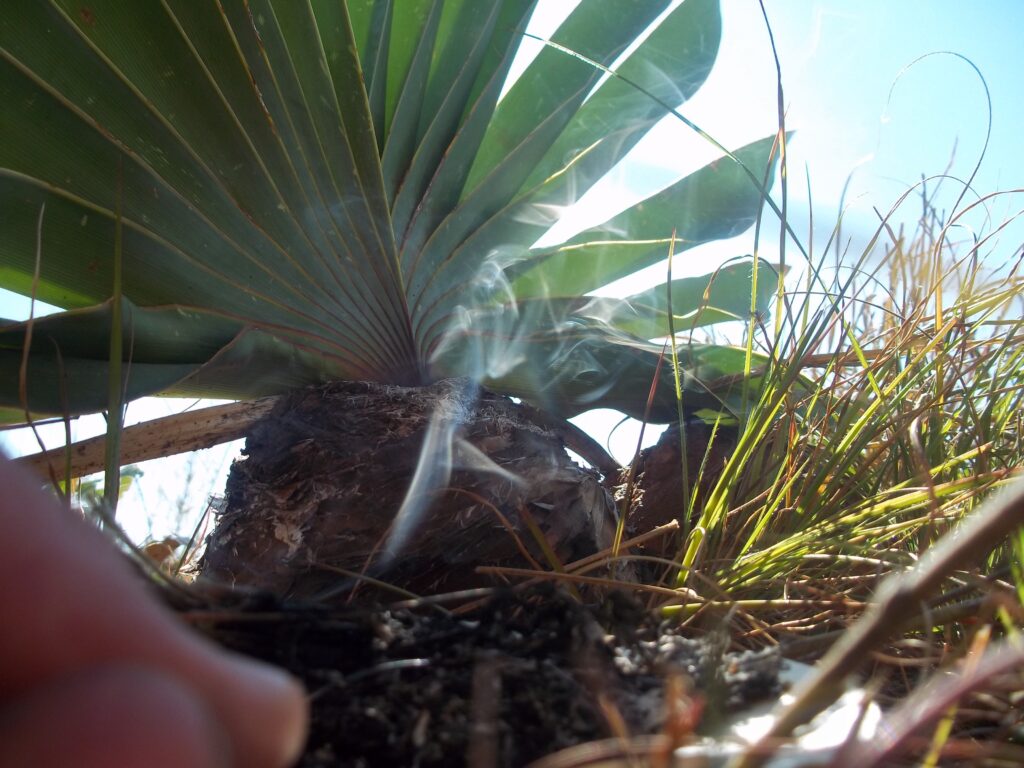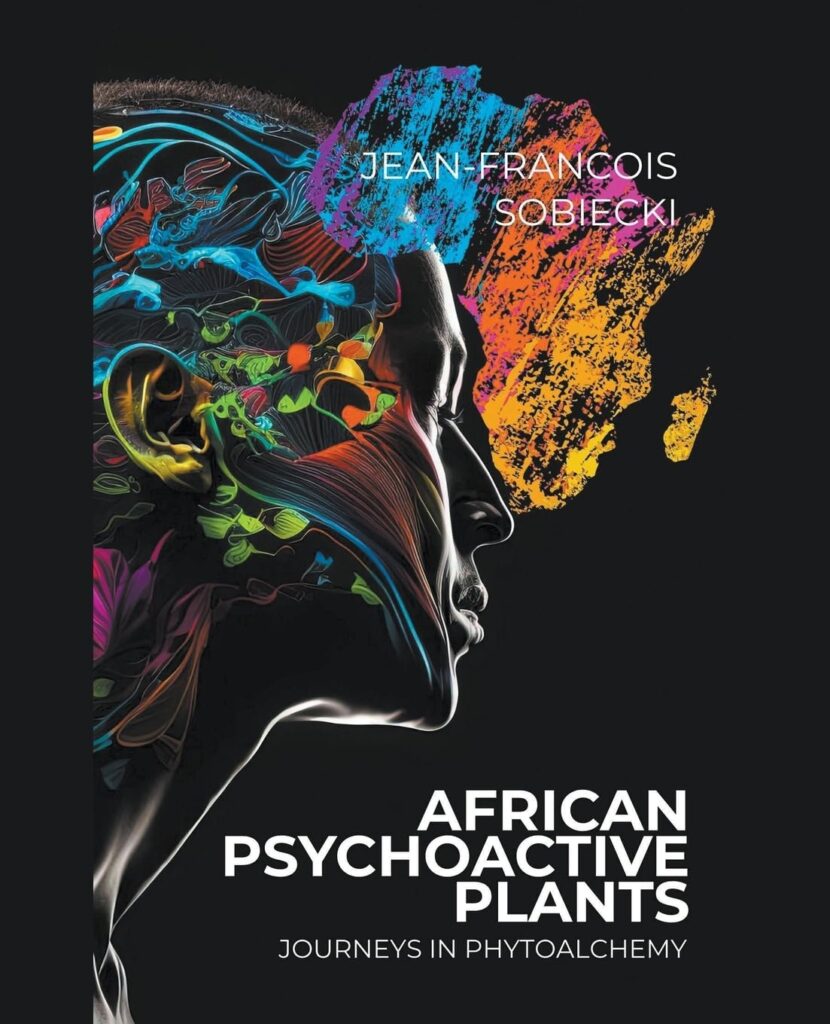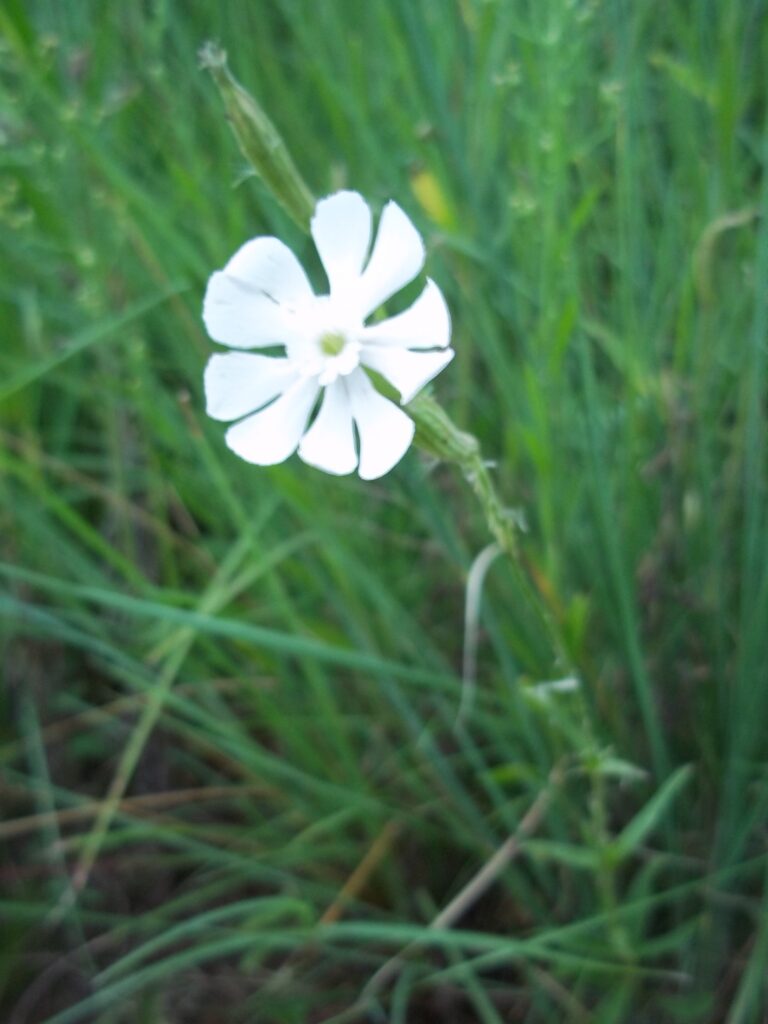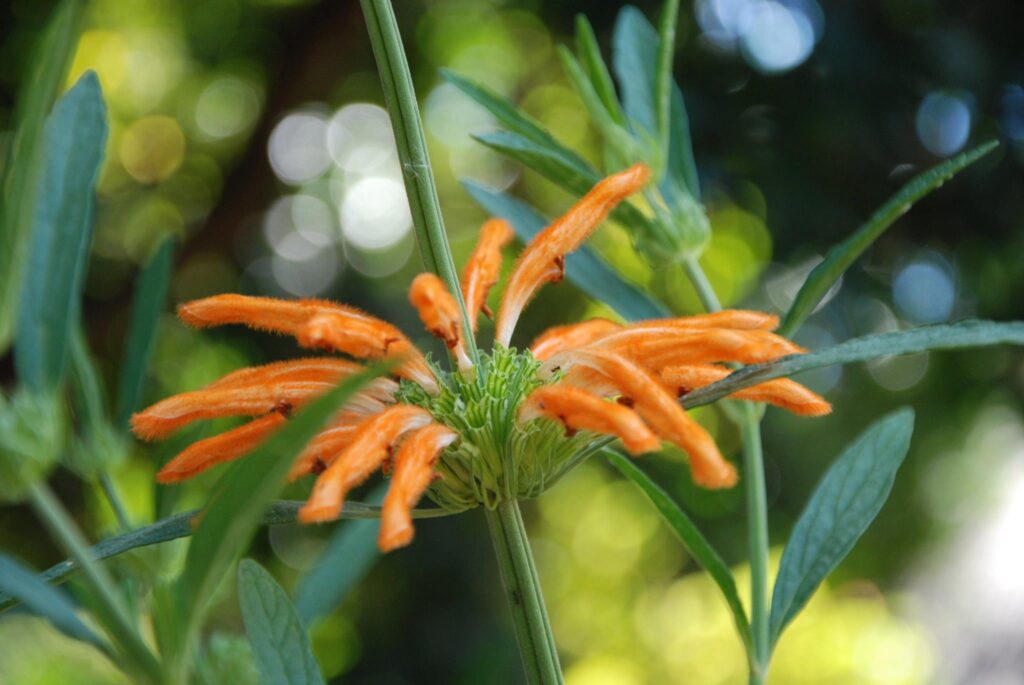- African Psychoactive Plants – Journeys in Phytoalchemy - March 5, 2024
- Ubulawu: There is More to Shamanic Healing Than Psychedelic Visions - August 14, 2017
Introduction
Psychoactive plant use research has gained much attention in the Americas—but what of Africa?
The classic literature on the subject such as Plants of the Gods by Schultes and Hoffman, states that Africa is poor in psychoactive plants. Having been born and raised in South Africa, this did not make sense to me as there are such rich cultural traditions and botanical diversity in the region. Reasons given to explain this supposed disparity between the Old and New World use of psychoactive plants were that the hunter gatherer societies of the New World Americas revered and significantly utilized psychoactive and psychedelic plants as part of their vision quests and other spiritual practices, whereas it was said that Asiatic and African societies “for the most part changed from hunter gathering to pastoralism and agriculture leading to loss of a deep appreciation of psychoactive plants and their sacred use” with their use becoming forgotten with time. Was this true, I asked myself?

African Fieldwork Research on Psychoactive/Psychedelic Plants
While doing my B.Sc and Anthropology at Wits University in Johannesburg, South Africa in 1999, I became increasingly curious as to whether the traditional healers in South Africa (Izangoma diviners traditional healers) were also using plants like Ayahuasca in their healing practices.
This set me off to do my own fieldwork to answer the question: Are African traditional healers using visionary entheogenic plants in order to assist their spiritual healing practices?
Are African traditional healers using visionary entheogenic plants in order to assist their spiritual healing practices?
I began my journey by visiting the local traditional healers who lived in the nearby black “locations” (black African neighborhoods created through the Group Areas Act of the Apartheid regime, to enforce racial segregation). Here, I soon heard of a plant called the San poison bulb or Boophone disticha being used to see what is called imibono or visions in Zulu. This plant is used as a divinatory tool to find lost objects or stolen property. A carefully metered out dose of the boiled bulb is given to patients to drink for them to see the “television” or the mirror. Past and future events are also seen. This plant is however very toxic, with deaths being reported, because of its narrow lethal toxicity margin range between being a visionary medicine and a fatal poison. This plant is administered by specialist traditional healers who know how to work with the plant after many years of training and experience. “How many more plants were there that had similar uses?” I thought excitedly.
At the same time I conducted an extensive literature review, that took me to visiting the University of the Witwatersrand, where I reviewed old dust covered African ethnographies in the William Cullen library basement from the 1930s. I found, scattered throughout the ethnobotanical and anthropological literature, forgotten with time, mentions of African magical plants used by initiates to “cross the river” of consciousness, where initiates submerged their faces in calabashes of plant medicine and opened their eyes. It is by this means the psychoactive substances entered the blood stream. Red and black dots were seen and could be entoptic phenomena commonly experienced with psychedelics. In this reviewing of this literature, I picked out any mentions of plant medicines that had an action or activity on the nervous system: that is to stimulate, sedate, improve memory, facilitate divination, cause visions or induce dreaming. I spent months doing this work that was an amazing adventure. I felt like a kid in alchemical candystore!

This long study finally resulted in 2023 in my book: African Psychoactive Plants. Journeys in Phytoalchemy that is available on Amazon, which documents 306 plant species being used for psychoactive purposes in African traditional medicine; it is the first comprehensive inventory of psychoactive plants from the continent. This includes plants with sedative, stimulant, memory enhancing, and visionary entheogenic uses amongst others, for treating various conditions such as: Alzheimer’s, dementia, insomnia, epilepsy, stress, anxiety, and depression.
What occurred to me doing the research is that a big factor that contributed to the overlooking of the Southern African psychoactive plant use was that the research interests were biased and directed by primarily white European researchers in Apartheid South Africa (1940s-1990s) who were not interested in the category of magic plants used by the Indigenous people of Southern Africa. This is the category in which psychoactive plants are often utilized. Thus, a great gap in the research field was created by the apartheid led academia at the time.

Mentors Along the Way and Ubulawu African Plant Teacher Medicines.
During my fieldwork, I met my future teacher Mrs Letty Mamonyai Maponya, a Northern Sotho healer who at first was a research informant but that would develop over the coming years into a deep friendship and close teacher-apprentice-companion relationship. I learnt from Letty that there can be considered two major categories of psychoactive plants used in Africa; the strong acting visionary or psychedelic plants and the more subtle acting psychoactive plants called ubulawu. I go into finer details in my book, but it is suffice to say ubulawu represents a category of plant medicines, all of which open the mind. The common characteristic of ubulawu is that they are mostly roots and sometimes stems of plants that are pounded and placed into a five-litre bucket of water, where approximately two litres of the infusion is drunk every morning and then vomited. This cleanses the body of mucus or phlegm and opens the subtle channels of the body, so that intuition and sensitivity can be enhanced, which it most certainly does, having gone through a medicine initiation with Letty in 2012, and where the medicine showed me persistently the deepest questions of my life! This method of vomiting with medicines is popular in other traditions from around the world such as in Ayurveda where it is called vamana therapy, which is said to also uncloud the vision, in the literature. Common species used as ubulawu in South Africa include Dianthus (Carnation) and Silene species.
I came to learn from Letty that psychoactive plant medicines feature very strongly not only in the spiritual practices of the Izangoma diviners but lay people also use ubulawu. The Southern Bantu speaking people use ubulawu as “lucky medicines” to open luck as it is said to open you to who you are, and also increases dreaming, energy and intuition, which are all lucky to experience (Sobiecki, 2012). In this way ubulawu is African plant teacher medicine, the same way Ayahuasca serves in the Amazon.

Psychedelic acting plant medicines are also known to be popular among certain tribes such as the Shangaan, but these medicines were considered by my teacher to not elicit true visions—she preferred ubulawu. What I have come to learn from experimenting with psychedelic plants is that it all depends on the dosage, intention, and the plant in question as to what one experiences. There can be a mixture of fantastical connections to universal energy, mind projections blended with deep personal truths all in one journey. The trick is to be able to transform those that need transforming and accept those that speak a personal truth.
Utilizing ubulawu or the other visionary plants in African medicine can be tough work requiring a number of days or weeks of isolating oneself—the same concept as that of a dieta with all its dietary and behavioral restrictions found in the Amazon. There are more similarities than differences between psychoactive plant use in Africa and South America, I came to realize.

A Cross Cultural Technology of Using Psychoactive Plants for Learning and Self Growth and Development
While doing this research, around 2012, I found how very similar categories of psychoactive initiation plants (and even sometimes the same species) were being used sequentially by both the Southern African traditional healers and those of the South American curandero shamans, to the point that I have hypothesized that there is a cross-cultural technology of using psychoactive and psychedelic plants in order to bring about self-growth and transformation in traditional healers. Medicines are used in a sequence in southern Africa starting with 1. Plants used to cleanse the old; 2. Ubulawu that is used to open to new information; 3. after which medicines for relaxing (red tree medicine decoctions) are used to ground the insights gained with ubulawu to integrate the information. I give details of these plant medicine and their effects in my book. Exploring these categories of initiation medicines can indicate important themes in the integration process of using psychedelic medicines. Much can be learnt from African traditional healers about psychedelic integration that requires further enquiry and fieldwork.
Africa can no longer be seen as to be devoid of visionary plants—quite the opposite, in that rich traditions of psychoactive plant use have existed here for a long time …
Africa can no longer be seen as to be devoid of visionary plants—quite the opposite, in that rich traditions of psychoactive plant use have existed here for a long time and requires further study and documentation before the knowledge is truly lost with the failure to pass on orally transmitted knowledge from the older generations to the younger generations, which is fast becoming frayed and fragmented with time.
I hope the results in my book demonstrate the global importance of psychoactive plants in human society and what benefits they can offer us in terms of healing our consciousness, overall health and well-being, and the health of our integrated planet.
References
Schultes, R.E., Hofmann, A. (1992). Plants of the gods: Their sacred, healing and hallucinogenic powers. Vermont, USA: Healing Arts Press.
Sobiecki, J.F. (2012). Psychoactive ubulawu spiritual medicines and healing dynamics in the initiation process of Southern Bantu diviners. Journal of Psychoactive Drugs, 44(3): 1-8.
Sobiecki, J.F. (2023). African psychoactive plants. Journeys in phytoalchemy. First edition, 2023. ISBN:978-0-6397-6385-9 https://www.amazon.com/dp/0639763855
Art by Fernanda Cervantes.
Take a minute to browse our stock:
Did you enjoy reading this article?
Please support Chacruna's work by donating to us. We are an independent organization and we offer free education and advocacy for psychedelic plant medicines. We are a team of dedicated volunteers!
Can you help Chacruna advance cultural understanding around these substances?















